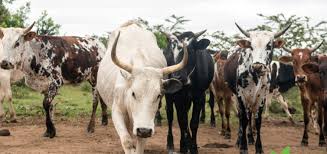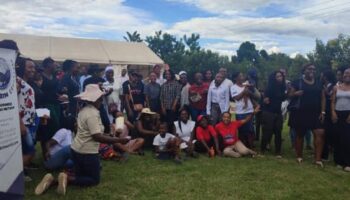Its a horror story that is meant for the movies, its a story that is has brought misery to most cattle farmers in Domboshava in Mashonaland East and Musana in Mashonaland Central. Many kraals have been wiped clean, kraals that once had permanent residence now lie empty! Kraals that once represented the wealth and pride of most families are now an eyesore, a constant reminder of a bitter experience for many a farmer. What is worse is that there is no scientific solution in sight, veterinary professionals have totally failed to control the disease outbreak in these two areas.
The horror story was scripted in Domboshava after the end of the rain season, the first cow to die was recorded in Domboshava and everyone thought this was an isolated case. A few days later more cattle were to join the graveyard and this raised alarm within the community.
I stay in Musana Bindura and therefore did not pay much attention to what was happening in the nearby district of Goromonzi. After all Domboshava is some 8 kilometres from my homestead. The Nyaure River marks the border between Domboshava and Musana and we thought that the problem would not cross the river.
I had first heard of this mysterious disease wiping out cattle in Chinamhora area and did not pay attention because i assumed it was a normal foot and mouth outbreak which was going to be contained within a few weeks.
When i visited my rural area during the Heroe’s holiday i had what i had feared most-the crossing of the scourge to our ancestral land of Musana in Bindura South. First to be directly hit was Chief Chikore area where tens of cattle succumbed to this nameless disease whose origin was Domboshava. It soon spread to Nyakurwa area where a popular farmer with 45 cattle was left with 7 cattle!
After Nyakurwa, it entered my village and like a possessed spirit started moving from kraal to kraal devouring cattle with reckless abandon. Like an evil spirit, the scourge has left many villagers speechless and helpless. Watching your prized possession dropping dead without notice is a bitter pill to swallow, watching your herd being reduced by more than half is not easy to accept. Kumafuro mombe inongomira kufura, yotarisa pasi, ukawona yapedza kanguva yakatarisa pasi wotoziva kuti zvatanga.
Name of Disease?
The disease which has baffled villagers has no name according to the villagers. Maybe there is a scientific name out there but it has not been communicated to the hapless villagers.
To their credit, villagers have been informing veterinary professionals but this has not helped at all. Vet docs have examined both live and dead animals but not pinpointed the disease-they have not stopped it either. Unconfirmed reports say they are finding liver problems during postmotems . All prescriptions of medicines recommended by vets have not been helpful as some animals have died after being injected with prescribed medicines. The verdict is veterinary services have not been helpful in anyway!
How are animals dying?
One would expect animals to be sickly in appearance before dying but this is not the case as healthy looking beasts are dying . They are dying without notice-the trend witnessed is that of a cow that stops grazing and looks intensely at the grazing grass before slumping to the ground-end of story!
Veterinary Advice
Villagers have been advised to bury all animals that die this way but few are heeding the advice. Since it is not foot and mouth, most are eating the beef, some selling it locally and in Harare. Noone knows for sure the effect of this cow disease on human beings although there is an unconfirmed report of a family experiencing leg problems after eating the meat from affected animals. One may not completely blame villagers-beasts are dying looking healthy and add to this the fact that cattle represent wealth within the community.
Copying Measures
Some fearing the scourge have been transporting their cattle to other ‘safe’ areas or districts where the disease is still to reach. This copying mechanism is fraught with problems as it increases the chances of transferring the disease to other areas. One farmer had transported his herd of 20 cattle to Madziva and the hope is that he did not transfer a problem and he sought a solution to the disease problem.
Possible source of the problem
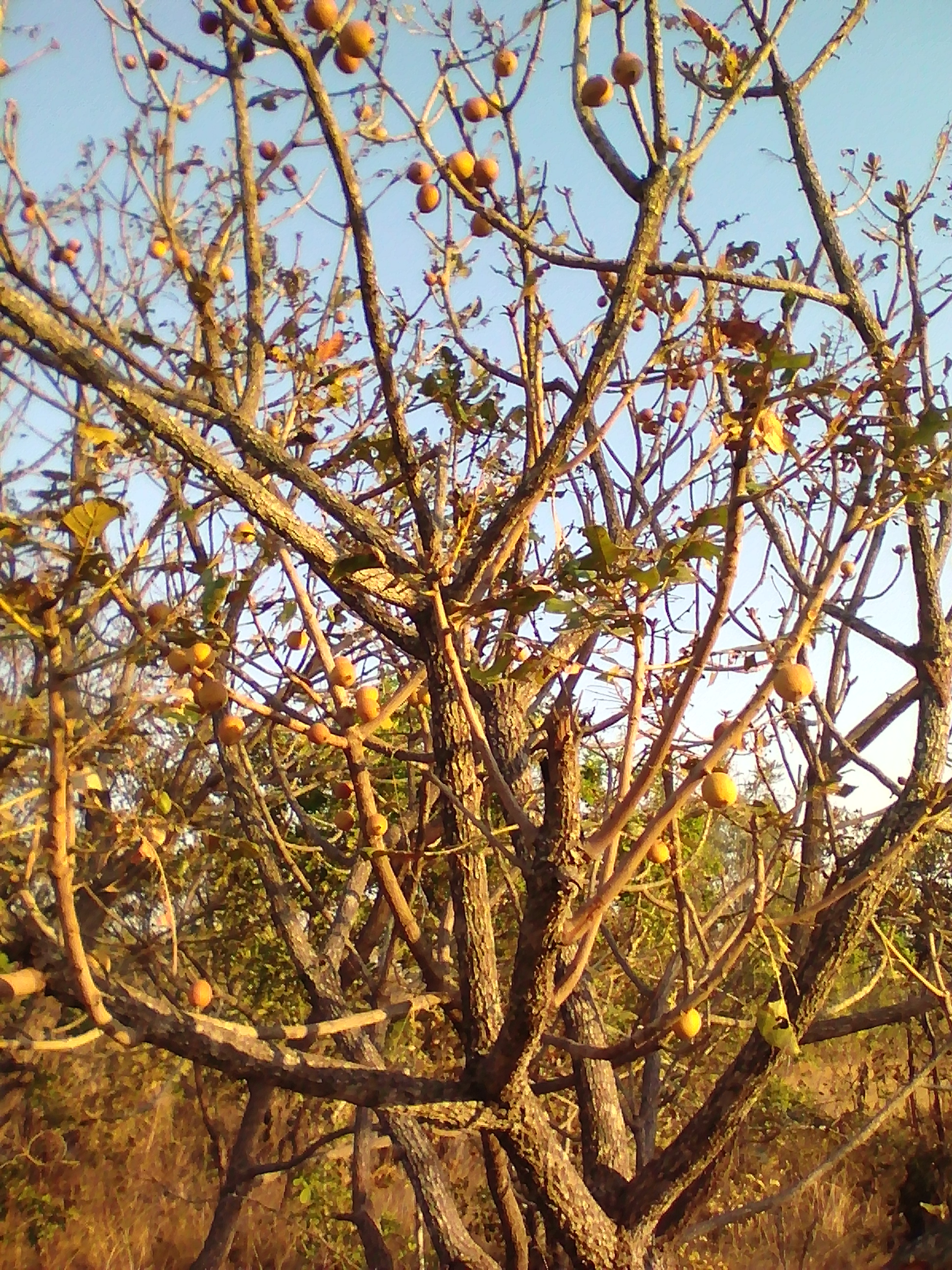
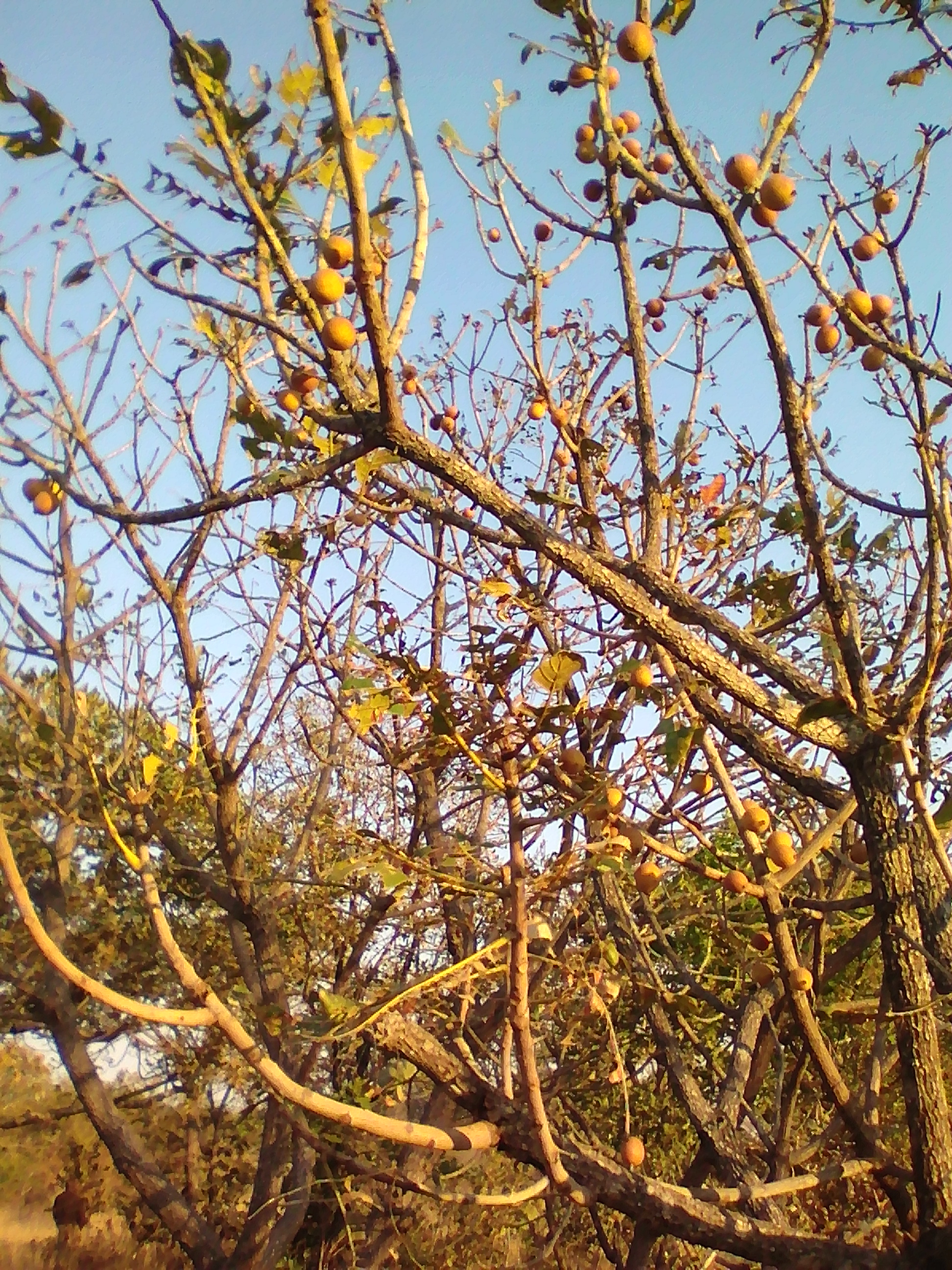
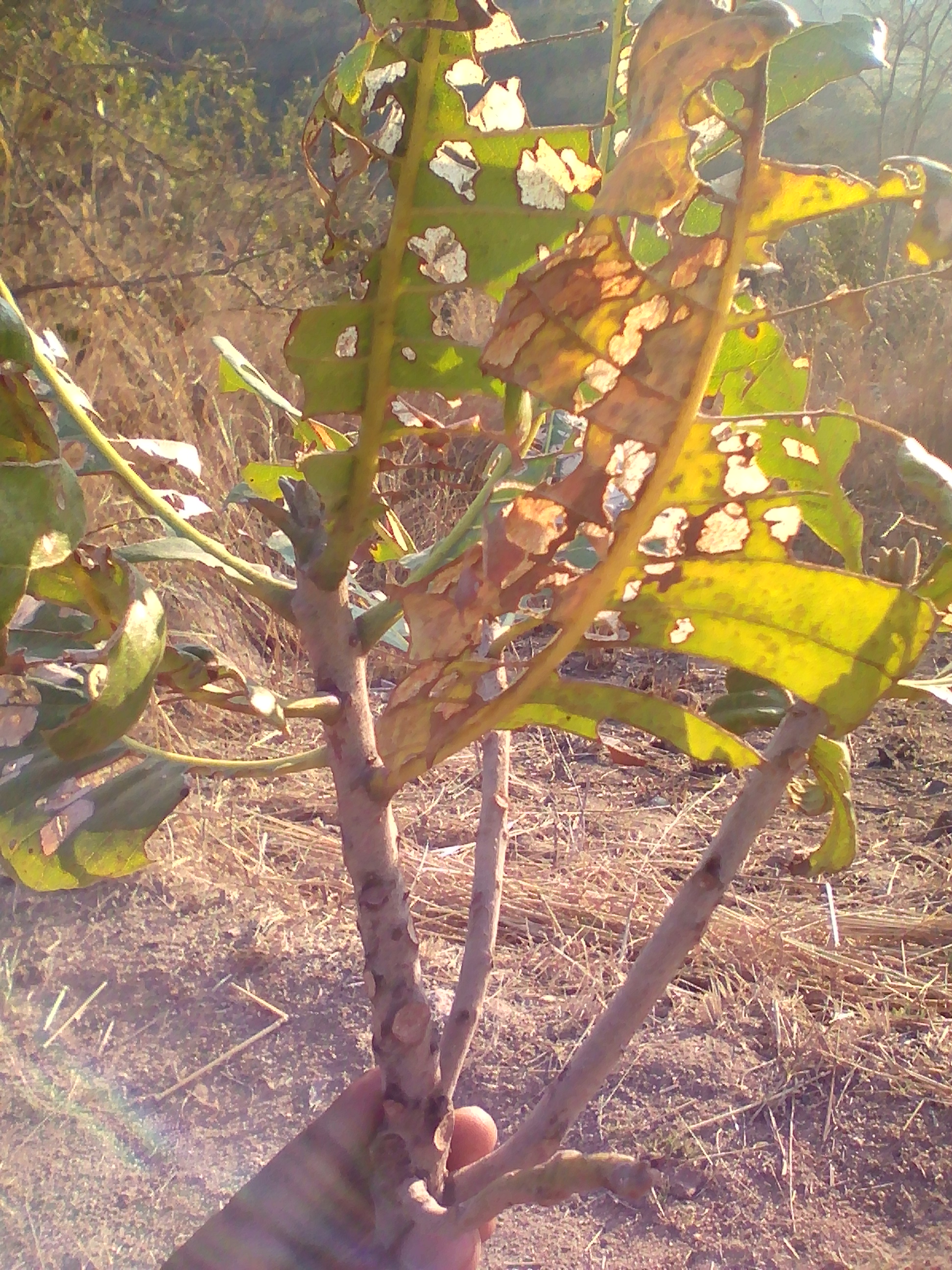
I may need to categorically state that iam not a veterinary professional and only qualified persons are authorised to investigate, analyse and issue authoritative statements on animals. However after analysing events on the ground, i noticed something that may point to the source of the disease.
It is the army worm that was brought during the rain season. The outbreak started in Chinamhora after the end of the farming season in March. An analysis of what is new in the area shows that most ‘mazhanje’ tree leaves have been affected. This is history in the Goromonzi and Musana area-the indigenous wild tree has never been affected by worms and some who have been in the area for more than 80 years can testify. This is a new phenomenon-unheard of and never been witnessed.
It is interesting to note that the dangerous worms not only eat the mazhanje fruits but go on to attack the leaves. All areas where the disease has been ravaging cattle have the mazhanje tree!
The worms climb up trees for feeding during the evening and climb down during the day and stay on the ground. It is highly possible that the cattle affected could have grazed grass that has got these worms!
More is needed to research on the possible connection between the army worm and the mysterious cattle disease. We need scientific write up and conclusion but for now we are pointing our fingers towards the new worm that descended the area.
The worm has wrecked havoc on the livelihoods of farmers with some resorting to desperate measures of selling their cattle at ridiculously low prices, some are exchanging their cattle for donkeys as donkeys seem immune to the disease.
In the Chinamhora area, most cattle kraals have been lefty empty, in Chikore most kraals are empty and the only reminder that cattle once existed is cow dung. In Mupandira, herdboys are herding cattle with knifes and axes so that if a cow falls down-they can immediately cut meat whilst the meat! They want to cut on losses rather than to lose $300-$500 worth of investment.
Awaiting Answers
We are waiting for answers from responsible veterinary authorities. We would like to know the name of this disease that has killed hundreds of cattle and threatening to kill thousands more before it is contained. We would like to know what measures are being taken to address the problem. We also like to know whether there is a connection between the army worm and cattle disease. We are looking for answers as to why the disease is spreading without control. We hope to see the official response informing all stakeholders of how many cattle have been killed, what has been done to date.
All we are asking for is answers before the disease spreads to all areas across the country. So far it has shown an increased appetite to spread at a faster rate. We would also like to know measures being put in place to control the army worm that continues to wreck havoc after the end of the rain season. What is going to b the effect of this army worm on the 2017/2018 farming season?
![]()
